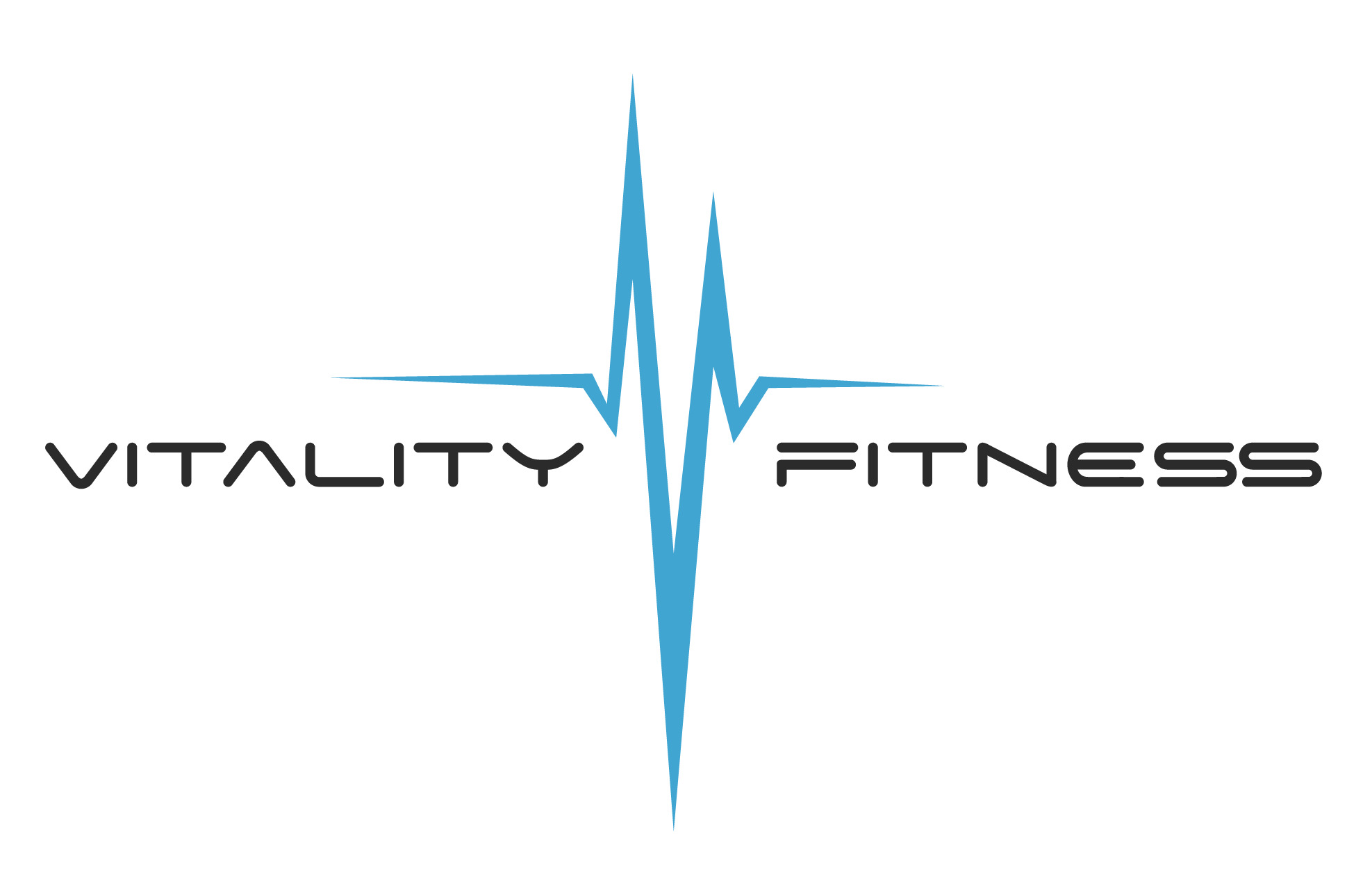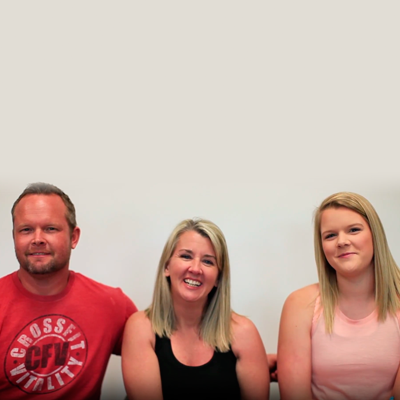Not sure exactly where this post is going to go, but as I watched the number of PR’s get smashed during yesterday’s CrossFit Total, it got me thinking about how I have approached programming over the past 5+ years. Many of you know that I am pretty set in my ways when it comes to what I think is best for Vitality. I take things more personal than I probably should because I care about this place and the people so much. I spend a lot of time coming up with what I feel are the most optimal ways to make everyone at Vitality more fit human beings. I should probably share some of my reasoning with you every once in a while, so here is a glimpse behind the curtain:)

When I first opened Vitality, I expected to have 3 or 4 Rich Froning’s walk through the door. I was excited to have the opportunity to train competitive CrossFitters. My own training as well as the programming for the box was high volume, shotgun style training. We would try and fit as many different movements into each grinding workout as we could, thinking that this type of exposure would breed the results that I wanted. All this did was tear up our bodies and frustrate us with the incremental gains that we were making.
This thought process lasted a short period of time and I realized that 99.9% of those that walk thru the doors of the box are not going to compete in this Sport. Around the 2nd year that we were open, my mindset switched to getting people as strong as possible. I wanted women to feel empowered by lifting heavy loads. This drove me to focus our program around the squat, press, and deadlift. I followed this cycle for about a year and realized there was still a better, more efficient way to program for Vitality. The heavy focus left people broken down and consistently sore, which is not the goal of our program. Inevitably, people wouldn’t take the warm-ups serious or would run out of the gym immediately after class without cooling down. You can imagine that doing heavy deadlifts and then running out to your cold car to make the 20 minute drive home isn’t the most ideal scenario.

What your NOT supposed to feel like in the morning!
So I decided to take some time and really focus on, what I believed to be, the most important barbell movement for my athletes. The Clean and Jerk. This is what I thought caused the most issues within our membership. What needs to happen if you have Front Squats in your workout? A clean to the front rack. What needs to happen for any OH movement? A clean to the front rack. I watched numerous people month after month, do this movement inefficiently and end up paying the price with an injury or with their performance results. I decided that I was going to focus on the C&J for as long as necessary until we could perform this movement better. One of the first things I did to start this process, was stop snatching. There was lots of grumbling in the beginning from people that didn’t understand the reasoning behind this. The snatch and C&J are both complex and can take years to develop any sort of proficiency. I was finding that when we included both movements in our weekly programming, the average member was only getting exposed to one of them. This means that they were basically only getting skillwork/strength focus 2x/month for each movement. Sure, there were olympic lifts in the workouts, but on the clock in the workout isn’t the best time to clean these up. So this started the focus of how I have programmed, starting 2 years ago up until a few months ago. For those 2 years, our focus was working clean complexes to develop the proficiency in all aspects of the clean. Moving forward, complexes make so much more sense to me than just performing one modality of cleans, such as 5×1 @ “x” %. Instead, I can control the load and the stimulus by what is included in the complex. The longer, more complex versions will keep the loads lighter with the athlete having to focus on grip strength and muscle endurance.
For example, I may program:
1 DL – 2 HSC – 3 FS – 1 PJ
*This would force the athlete to become very fast with the PJ and create the speed needed from the hang in the clean as well.
For 2 years, we programmed some form of clean, 2-3x/week. We included strength cycles that helped to augment this lift and we have seen some amazing improvement from our athletes. Now that we have this higher level of proficiency with the C&J, the transition into the snatch will be more feasible. We have added snatches back into our program as of January and I am really pleased with the way things are going.

Moving forward, things won’t change much other than running will be put back into the hopper as Spring gets closer. You will see (3) workouts per week that are in our sweet spot of 12-15 minutes. One longer, 20m+ workout every 12-16 days, and we will go heavy about once every 6-10 days. This mix has been great for staying healthy and injury free. Many of you still feel that 60 minutes isn’t enough to get the results you want. If you get to class 10 minutes early and do your mobility and you tackle the strength/skill portion aggressively, and you scale correctly to achieve the appropriate stimulus from the WOD, there is nothing else you need to do. Sure, you can stretch in front of the TV at home and do some push-ups when you roll out of bed in the morning but make sure you have a plan that is sustainable, don’t over do it. I believe the goal of a fitness program should be to make us better, more useful husbands, wives, parents, employees, etc. Your fitness should open doors for you and provide opportunities to travel and enjoy your lives. The goal doesn’t need to be to beat Rich Froning in the Open this year…..



